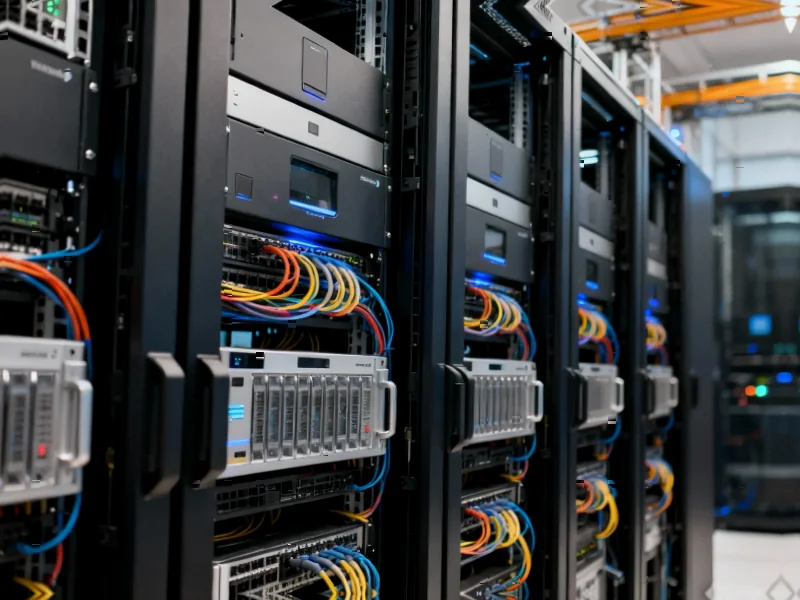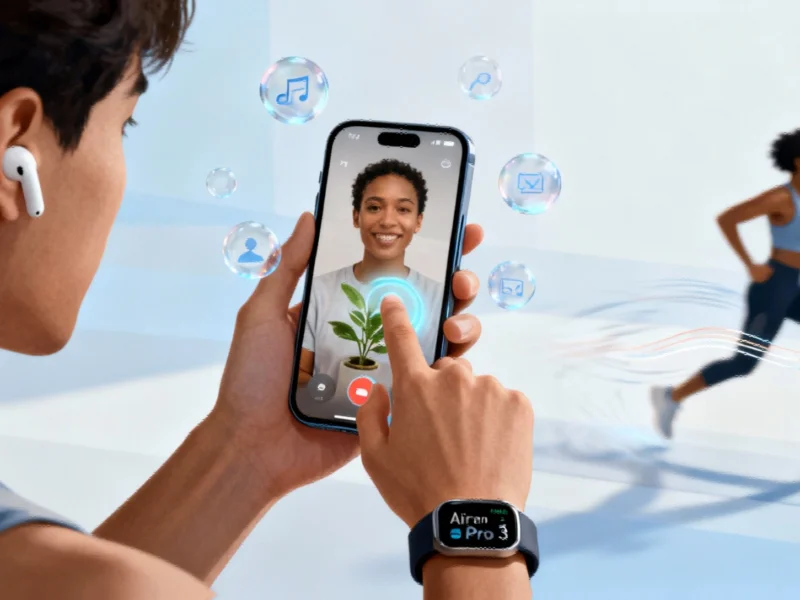Revolutionary Embryo Research Challenges Biological Norms
Scientists are fundamentally reimagining the beginnings of life through groundbreaking research that creates embryo-like structures directly from stem cells, according to reports from MIT Technology Review. Stem-cell biologist Jacob Hanna and colleagues are pioneering methods that bypass traditional reproduction, instead coaxing stem cells to spontaneously organize into embryonic forms outside the uterus.
Table of Contents
This research, sources indicate, represents a significant departure from biological processes that have remained largely unchanged for approximately one billion years. The synthetic embryos are enabling unprecedented scientific access to the earliest developmental stages, potentially opening new avenues for transplant medicine and tissue generation. The work combines advanced genetics, stem-cell biology, and emerging artificial womb technology to create what analysts describe as a new frontier in developmental biology.
Ethical Questions Surround Embryo Model Development
The extent to which researchers have successfully modeled human embryonic development remains an open question according to the report. This emerging field raises profound ethical considerations about how far scientists should push the boundaries of creating life outside natural reproductive processes. The technology could potentially provide new sources of transplantable tissues but also challenges existing regulatory frameworks governing embryo research.
Researchers suggest these models could help scientists understand miscarriage causes and developmental disorders while reducing reliance on donated embryos for research. However, the same technology prompts difficult questions about the moral status of synthetic human embryos and appropriate limitations for such experiments.
AI Chatbots Pose Mental Health Risks Through Endless Engagement
Separately, technology analysts are raising concerns about the psychological dangers posed by artificial intelligence chatbots that never disengage from users. Unlike human conversations that naturally conclude, most chatbots are designed to provide continuous interaction, which according to experts can facilitate harmful psychological patterns.
The fundamental conflict, sources suggest, lies in technology companies’ reluctance to build features that would reduce user engagement with their products. This creates a situation where AI systems generate endless streams of humanlike text that can worsen mental health crises and enable delusional thinking among vulnerable individuals. The very quality that makes chatbots helpful—their ability to provide authoritative, responsive conversation indefinitely—also makes them potentially dangerous when users experience psychological distress.
Balancing Innovation With Ethical Responsibility
Both developments highlight the growing need for ethical frameworks that keep pace with technological advancement. In embryo research, scientists are pushing biological boundaries while grappling with moral implications. Similarly, AI developers face increasing pressure to consider psychological safety alongside user engagement metrics.
Industry observers suggest that responsible innovation requires anticipating potential harms before technologies become widely adopted. As both synthetic biology and artificial intelligence continue their rapid advancement, analysts emphasize the importance of establishing guardrails that protect vulnerable populations while enabling scientific progress.
Related Articles You May Find Interesting
- ST Telemedia’s Strategic Expansion in Maharashtra to Boost India’s Digital Infra
- Windows 11’s AI Revolution: How Microsoft is Building the Future of Work
- Earnings Season Intensifies as Market Awaits Key Reports from Netflix, 3M, and C
- Axelera AI Unveils Europa Edge AI Chip Challenging Nvidia With Cost and Power Ef
- Apple Faces Chinese Consumer Revolt Over App Store Monopoly Claims in Strategic
References & Further Reading
This article draws from multiple authoritative sources. For more information, please consult:
- http://en.wikipedia.org/wiki/Stem_cell
- http://en.wikipedia.org/wiki/Biology
- http://en.wikipedia.org/wiki/Artificial_womb
- http://en.wikipedia.org/wiki/Organ_transplantation
- http://en.wikipedia.org/wiki/Embryo
This article aggregates information from publicly available sources. All trademarks and copyrights belong to their respective owners.
Note: Featured image is for illustrative purposes only and does not represent any specific product, service, or entity mentioned in this article.



